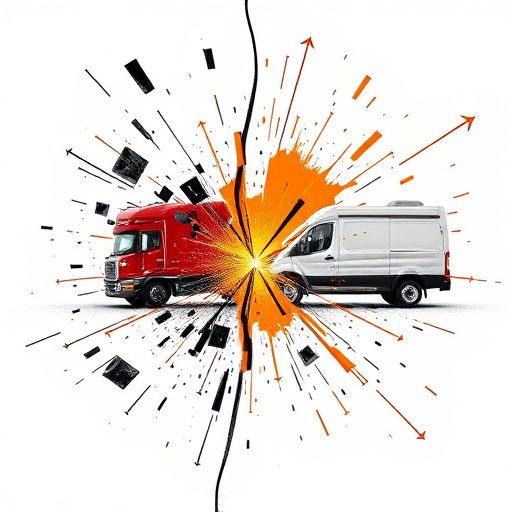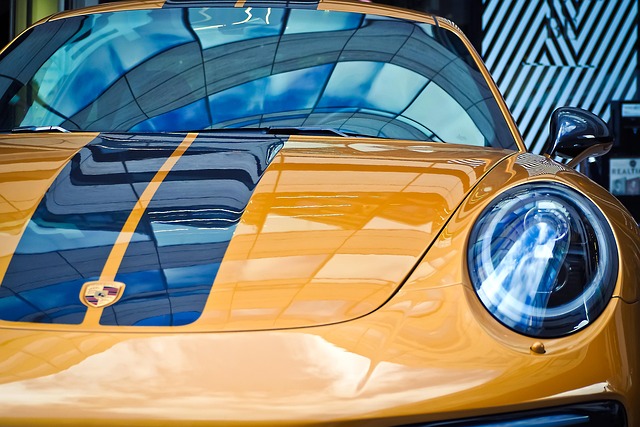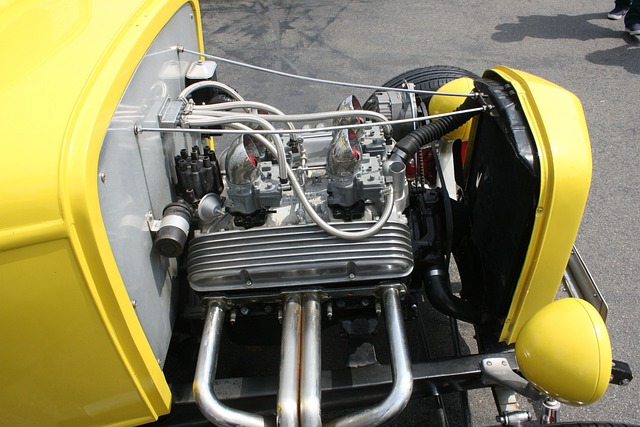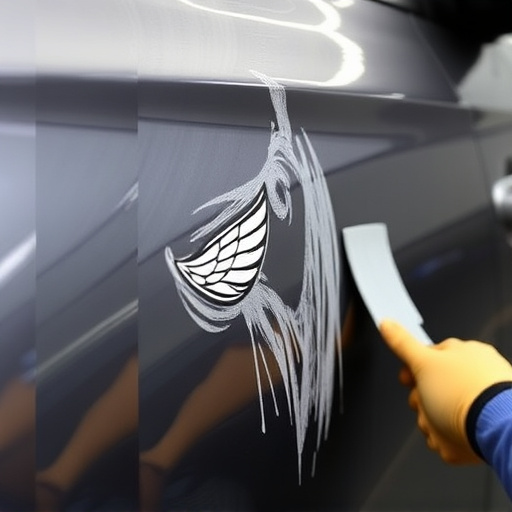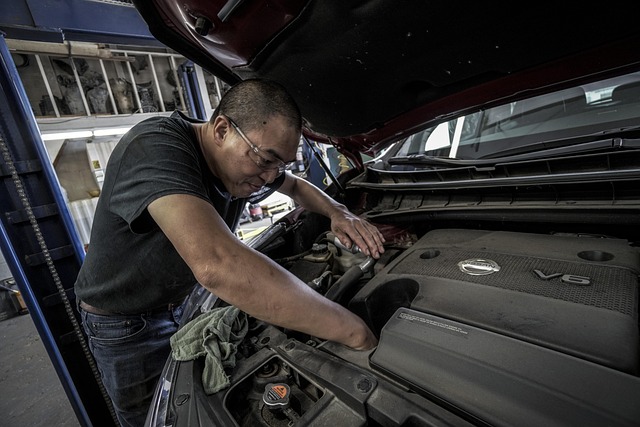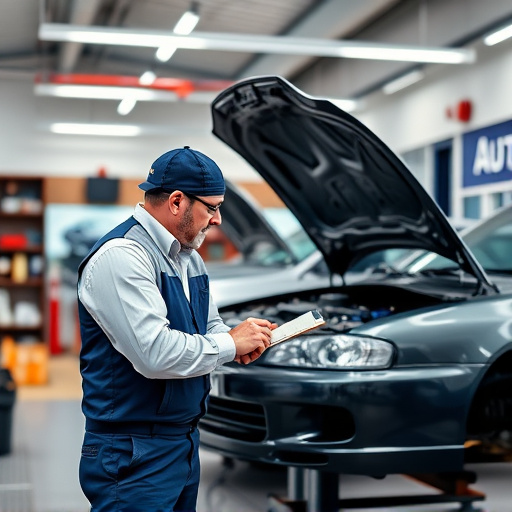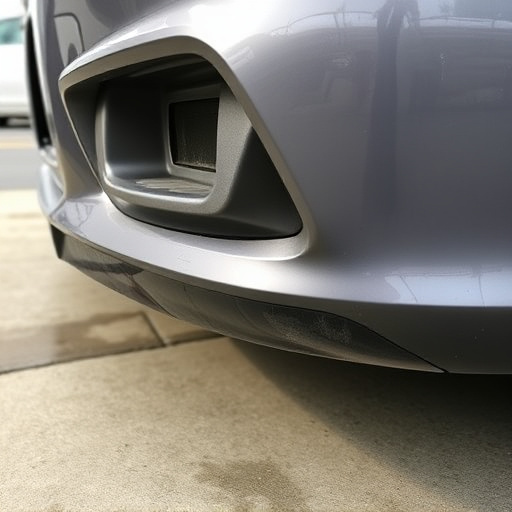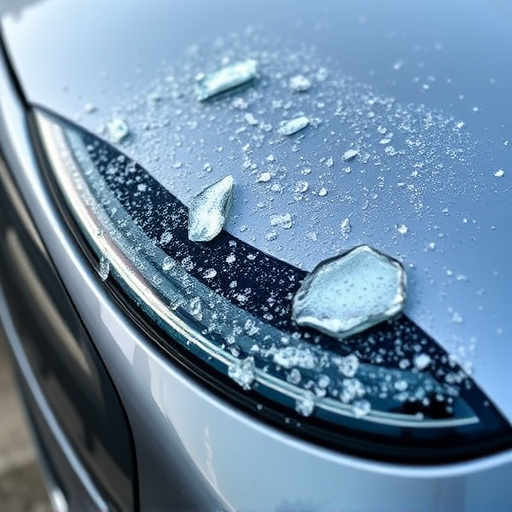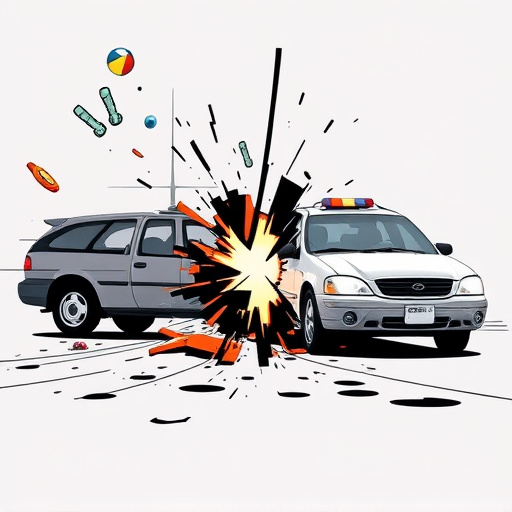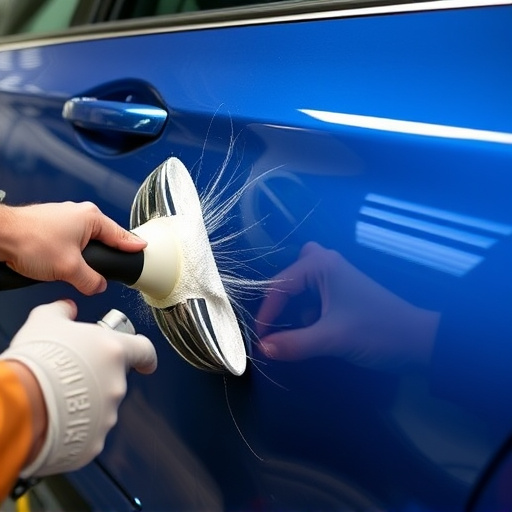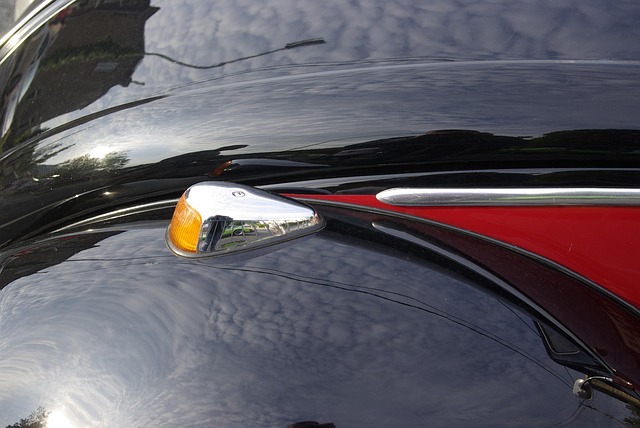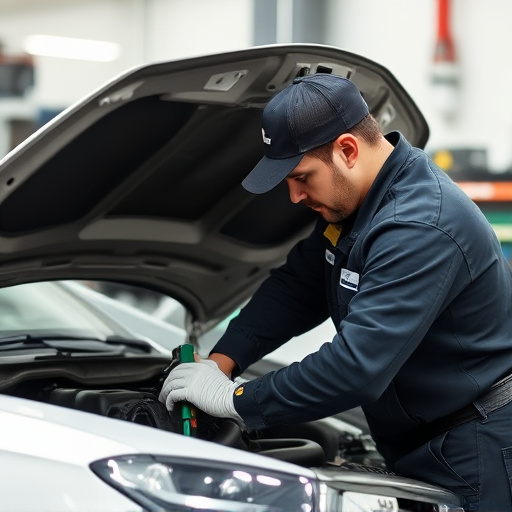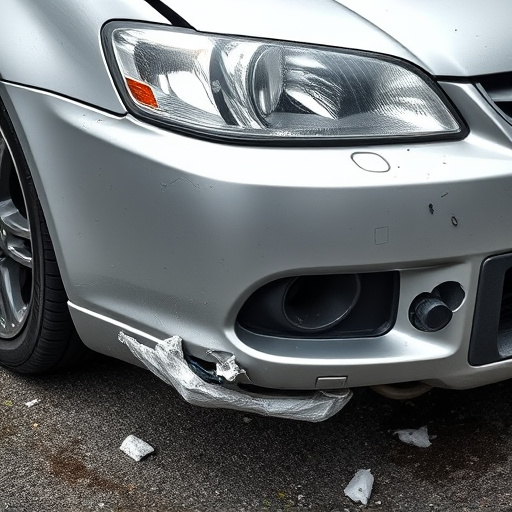Hatchback collision repair requires specialized skills due to their unique design, making them prone to bent or crushed panels around the hatchback door and roof rail areas. Auto body specialists use advanced technology like CAD for precise measurements, combining it with skilled craftsmanship for bumper repair, panel alignment, and interior refinishing. Modern techniques such as robotic welding and Paintless Dent Repair (PDR) elevate quality standards, ensuring enhanced safety and aesthetic appeal in restoring hatchbacks to pre-accident condition.
In the dynamic auto industry, hatchback collision repair plays a pivotal role in ensuring safety and vehicle longevity. This article delves into the intricate world of hatchback damage patterns, exploring common types of collisions that impact these unique vehicles. We unveil key techniques mastered by professionals to address these issues effectively. Additionally, we highlight the transformative role of technology, from advanced diagnostic tools to innovative repair methods, revolutionizing the landscape of hatchback collision repair.
- Understanding Hatchback Collision Damage Patterns
- Key Techniques for Effective Hatchback Repair
- The Role of Technology in Modern Hatchback Collision Repairs
Understanding Hatchback Collision Damage Patterns

Hatchbacks, with their unique design and growing popularity, present distinct collision damage patterns that demand specialized attention during auto body repairs. Unlike sedans or SUVs, the sloping roofs and compact structures of hatchbacks often result in specific vulnerabilities, such as bent or crushed panels, including the iconic hatchback door and roof rail areas.
Understanding these patterns is crucial for effective hatchback collision repair. Auto body repair specialists need to be adept at addressing dents, creases, and even structural damage unique to this segment of vehicles. Car dent repair techniques must be tailored to preserve the vehicle’s aesthetic appeal while ensuring safety and structural integrity, ultimately enhancing the overall quality of auto body repairs.
Key Techniques for Effective Hatchback Repair

In hatchback collision repair, a multifaceted approach is required to ensure both structural integrity and aesthetic precision. Skilled technicians employ advanced techniques such as computer-aided design (CAD) for accurate measurements and precise repairs. This digital innovation allows for the exact replication of original factory specifications, ensuring the vehicle retains its pre-accident condition.
Beyond CAD, effective hatchback repair incorporates a range of specialized auto body repairs. This includes meticulous bumper repair, where damaged components are either replaced or expertly refinished to match the vehicle’s original finish. Additionally, skilled technicians address panel alignment, ensuring all body panels fit seamlessly together after the collision. Comprehensive vehicle repair services extend to interior refinishing and final quality inspections, guaranteeing that every aspect of the hatchback’s restoration meets the highest standards.
The Role of Technology in Modern Hatchback Collision Repairs
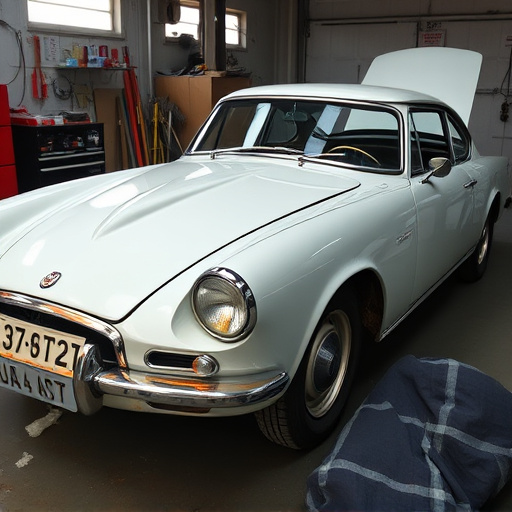
Modern hatchback collision repairs leverage advanced technology to achieve precision and quality. With advancements in automotive engineering, modern hatchbacks have complex structures that demand sophisticated repair techniques. Auto body services now employ state-of-the-art equipment like robotic welding systems and computer-aided design (CAD) software to ensure accurate measurements and seamless integration of parts. These technologies minimize the risk of human error, resulting in superior structural integrity and aesthetic appeal.
Moreover, dent repair techniques have evolved significantly. Professionals use specialized tools and techniques such as PDR (Paintless Dent Repair) that preserve the original factory finish. This not only reduces the cost of auto body repair but also ensures the vehicle retains its value. The integration of technology in hatchback collision repairs has elevated the standards of safety and aesthetics, making it crucial for anyone looking to restore their vehicle to pre-accident condition.
Hatchback collision repair is a specialized yet vital aspect of the auto industry, crucial for ensuring vehicle safety and quality. By understanding damage patterns unique to hatchbacks, adopting advanced repair techniques, and leveraging technology, professionals can expertly restore these vehicles to their pre-accident condition. This comprehensive approach not only guarantees structural integrity but also maintains the aesthetic appeal that makes hatchbacks a popular choice among consumers. Effective hatchback collision repair is thus essential for both vehicle owners and the industry at large, fostering trust and ensuring satisfying outcomes.
